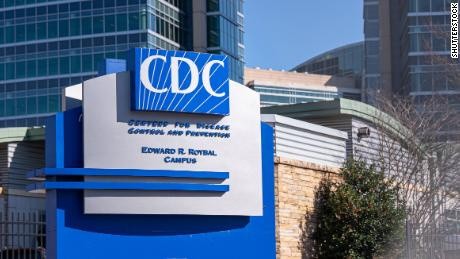CDC Releases New Guidance When to Continue and Stop Home Isolation
The Centers for Disease Control and Prevention released major changes in their COVID-19 heath and safety guidance for asymptomatic and symptomatic

The Centers for Disease Control and Prevention (CDC) along with other health agencies and organizations have been tracking the behavior of the virus since the pandemic began. This is the reason why they release different changes in their guidelines from time to time.
The CDC regularly updates its website to avoid confusion most especially to avoid fake news. This is after a series of articles were published on different social media platforms which were giving fake news about the virus. That includes from transmission to its treatment.
On Friday, the CDC released their updated guidelines that are subjected to those who continue fighting the virus at home. The guidelines aim to provide new information about when to continue and not to continue home isolation.
Typically, asymptomatic persons stay at home and only get hospitalized if they experienced severe symptoms. On the otherhand, symptomatic persons get admitted if their symptoms get worsen. Only those who are experiencing extreme or severe symptoms are immediately admitted to avoid hospital congestion.
CDC COVID-19 Updated Guidance
For Symptomatic
The CDC offers two approaches for those who have COVID-19 symptoms. First is entirely based on time and symptoms and second is on testing.
CDC stipulated in their guidance that if you have tested positive for COVID-19, you should isolate yourself in your home within 10 days. However, you only have to do this if you don't have a fever and you are not taking fever-reducing medicine within 24 hours.
Additionally, if key symptoms like coughing and shortness of breathing have improved, you can continue to isolate yourself. But if your symptoms get worst after 24 hours, then you have to go to the hospital. Remember to call the hospital first before going so that you will be assisted and to avoid the spread of the virus.
Meanwhile, if you are symptomatic but the result of your second test is negative, you can choose to leave the house 24 hours after the result of the test. This means that if the result of your test is positive but symptoms are improving, you still need to isolate yourself.
For Asymptomatic
The CDC also offers two approaches for those who tested positive for COVID-19 but are not experiencing any symptoms. First is based on a time-based strategy and second is on a test-based strategy.
CDC said that you can discontinue home isolation if you have not developed any symptoms after 10 days. CDC explained, "Because symptoms cannot be used to gauge where these individuals are in the course of their illness, it is possible that the duration of viral shedding could be longer or shorter than 10 days after their first positive test."
However, if you have developed symptoms then that is the time that symptom-based and test-based strategy should be used.
Moreover, COVID-19 asymptomatic person can only stop isolation after receiving two negative results. The CDC urges everyone to make decisions when to end isolation. For example, if you are a healthcare worker or come into contact with high-risk individuals, then that's the time that you should isolate yourself longer.
This simply means that those who did not test positive for the virus but was exposed to COVID-19 positive still need to undergo in 14 days quarantine period. It is possible that within this period, you can develop the symptoms due to your exposure.
CDC wrote, "It is possible that a person known to be infected could leave isolation earlier than a person who is quarantined because of the possibility they are infected."
The most important thing that you have to do to avoid getting infected with the virus is to avoid large gatherings, wear facemasks at all times, practice proper handwashing, and observe social distancing.
Check these out!
Subscribe to Latin Post!
Sign up for our free newsletter for the Latest coverage!















